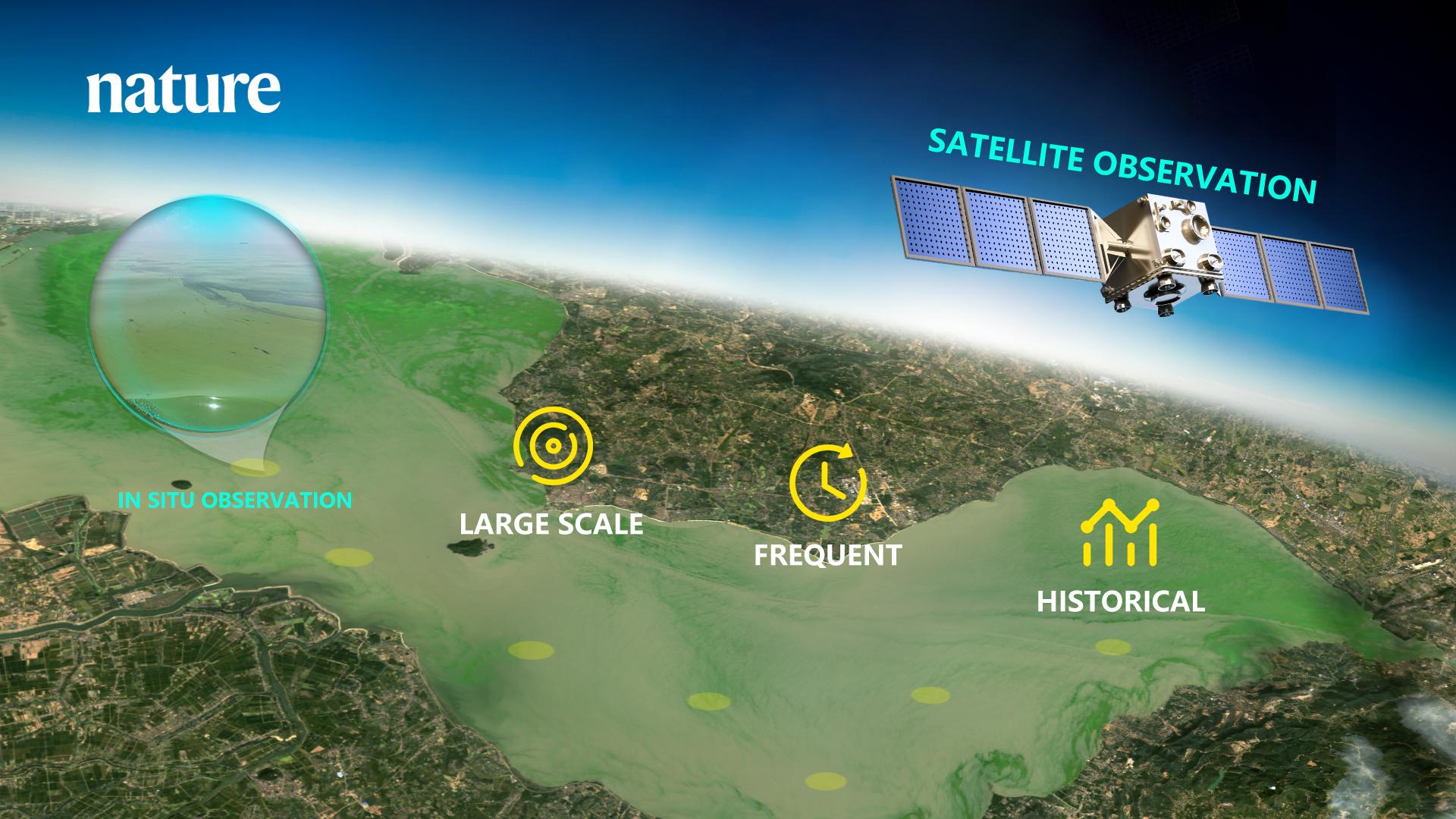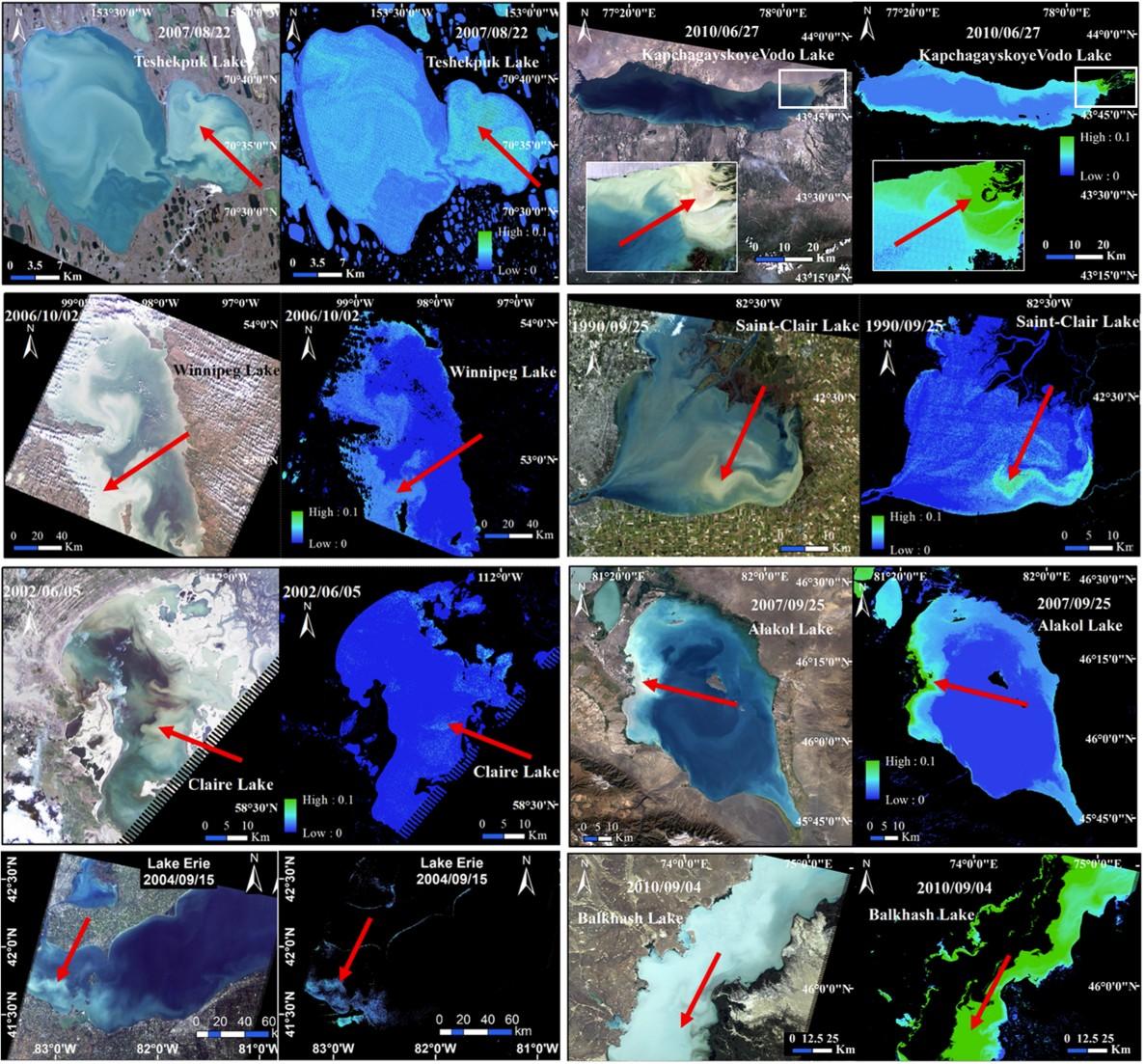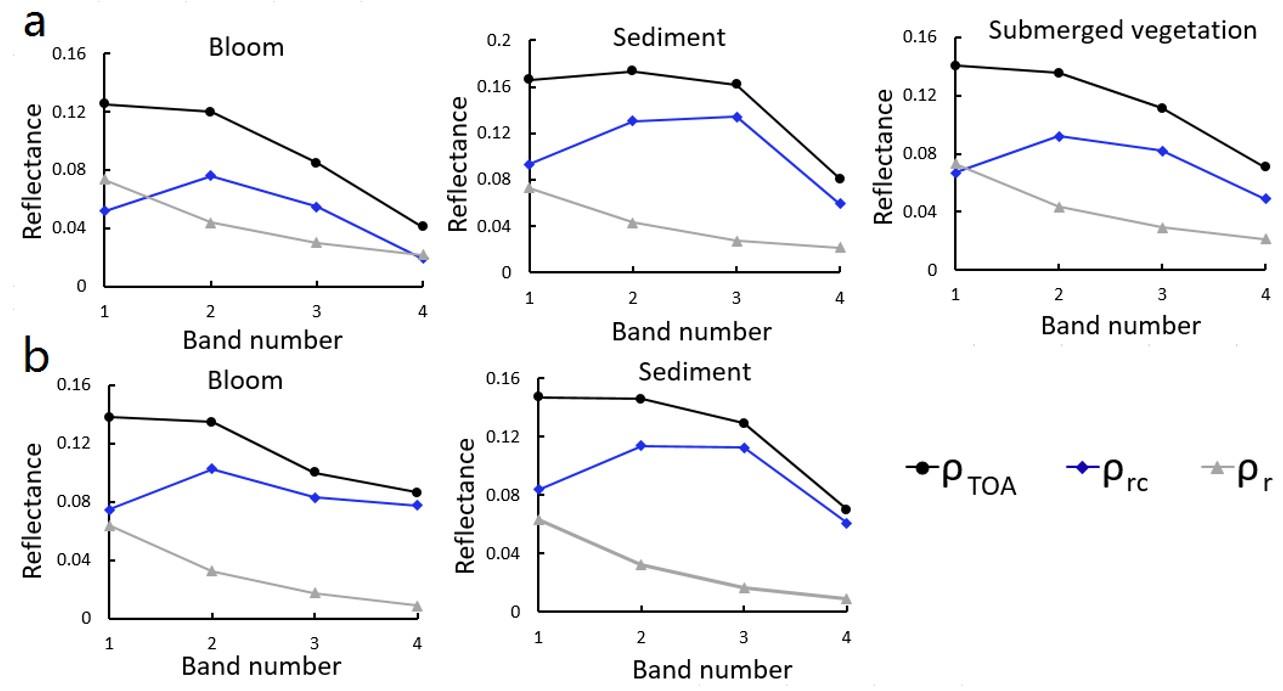SUSTech Lian Feng's team challenges on global lake phytoplankton research published in Nature
On February 17, Assistant Professor at the Southern University of Science and Technology (SUSTech) Lian Feng’s research group published a paper entitled “Concerns about phytoplankton bloom trends in global lakes” in Nature. This paper questions the results of the paper published in Nature by a collaborated team from Stanford University and NASA (Ho et al., 2019). Ho et al. (2019) used remote sensing satellite images to track the long-term changes of algal bloom in 71 lakes worldwide and concluded that the eutrophication of global lakes is increasing. However, Lian Feng’s team proved their results by using theoretical analysis and solid evidence, and their Matters Arising article has been published in Nature.

The paper pointed out that Ho et al. (2019) has the following problems:
1. Ho et al. (2019) used a single near-infrared (NIR) band to quantify lake blooms, where the Bloom strength tends to be substantially overestimated in sediment-rich waters. Episodic meteorological (e.g., wind, precipitation) and hydrological (e.g., riverine discharge) events can strongly influence sediment concentrations, enhancing the signal of the NIR band. The examination of historical images (through both true-color images and spectral features) shows that L5TM observations have captured sediment plumes in at least 58 (82%) of the 71 studied lakes, and these plumes could be incorrectly labeled as algal blooms due to their high BNIR (Figure 1).

Figure 1. Examples showing the effects of high sediment loads on the bloom intensity calculations in eight of the lakes studied in Ho et al., 2019. The analysis shows that of the 71 lakes studied by Ho et al. (2019), at least 58 (82%) are affected by this factor.
2. Ho et al. (2019) used the Fmask algorithm to determine lake surface area could lead to substantial underestimations of bloom severity. Severe bloom areas failed to pass the Fmask and were excluded in further BNIR calculations. This is because intense blooms often cause high normalized difference vegetation index (NDVI) values that can exceed the threshold used by Fmask (e.g., NDVI<0.1) to identify water pixels (Figure 2E).

Figure 2. The extraction results of Songkhla Lake (Thailand) and Hongze Lake (China) show that the bloom intensity index based on Landsat imageries proposed by Ho et al. (2019) has serious problems. (A-D) True-color composite image and bloom intensity index of Landsat 5 TM data. Seemingly, high turbidity water and aquatic vegetation exhibit a higher bloom intensity index, causing misjudgment of bloom. (E) Water mask determined by Fmask for Hongze Lake using the same image as in (C), the strong bloom area will be eliminated and cause missed judgment.
3. Ho et al. (2019) did not consider the impacts of atmospheric radiance on the satellite signal. The signal obtained by the satellite includes both the reflectance of ground objects and the atmosphere, and the latter can exceed 50% of the total satellite signal at certain wavelengths. (Figure 3).

Figure 3. Spectral features of different types of waters in L5TM images. ρTOA is the top-of-atmosphere reflectance, ρr is the reflectance from molecular scattering (or Rayleigh scattering) and ρrc is the difference between ρTOA and ρr.
4. The interannual dynamics of lacustrine algal blooms are difficult to characterize by infrequent Landsat. Landsat data has a long revisit period (16 days), and frequent cloud cover further reduces the number of valid observations. As such, dynamic patterns of algae blooms are not able to be characterized with only a few valid observations within a year.
5. Ho et al. (2019) examined the driving factors of the global changes in lake eutrophication based on an erroneous interpretation of remote sensing images, and therefore the associated results are not valid and conclusions are misleading.
The author of the original paper has replied to the concerns of Lian Feng’s team. You can see the paper published in the same issue of Nature for details (Ho et al. 2021). The link is available at the end of this article.
SUSTech is the only affiliation of this paper, and Assistant Professor Lian Feng is the first and corresponding author. Co-authors include Chair Professors Junguo Liu and Chair Professor Chunmiao Zheng of the School of Environmental Science and Engineering (ESE) at SUSTech.
This work was supported by funding from the National Natural Science Foundation of China (NSFC), the Chinese Academy of Sciences’ Leading Science and Technology Program, and the National Key Laboratory of Comprehensive Prevention and Control of Surface Water and Groundwater Pollution in the National Environmental Protection Basin.
Paper Links:
Link to Lian Feng's paper:
https://www.nature.com/articles/s41586-021-03254-3
Link to the reply from the original article’s author:
https://www.nature.com/articles/s41586-021-03255-2
